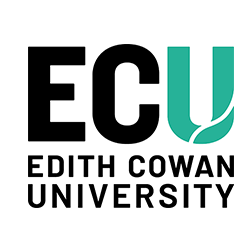Author Identifier (ORCID)
Mohammad Khairul Basher: https://orcid.org/0000-0002-5488-0897
Mohammad Nur-E-Alam: https://orcid.org/0000-0003-1969-3348
Steven Hinckley: https://orcid.org/0000-0002-1750-6257
Abstract
In the past few years, there has been notable interest in the advancement of colored photovoltaic (PV) modules. This attention is driven by their visual attractiveness and the opportunities they offer for integrating PV technology into diverse applications. However, limited color options and low efficiency restrict the widespread application of PV modules. This research introduces a targeted micropatterning strategy aimed at improving the efficiency and visual appeal of colored photovoltaic (PV) modules. This approach entails the selective elimination of black pixels from a multicolored pattern. By doing so, the surface area of the PV module is augmented, fostering enhanced light absorption and subsequently boosting output power. This study compares the performance of a selective micropatterned-based colored PV (SMPCPV) module with a reference black PV module, multicolored PV (MCPV), and a non-selective micropatterned-based colored PV (MPCPV) module. The characterization was performed in the outdoor environment where the result shows that the photoconversion efficiency (PCE) of the SMPCPV module is 11.36%. The selective micropatterning technique improved the PCE by around 18% compared to the 9.6% of the MPCPV module reported in a previous study and very close to the reference PV module (14.5%). The enhanced efficiency and aesthetically appealing SMPCPV module achieved in this investigation are pivotal in advancing future net-zero energy buildings and fostering a more sustainable environment. Furthermore, they contribute to the ongoing narrative of resilience and the adoption of sustainable, circular economic practices.
Document Type
Journal Article
Date of Publication
11-1-2024
Volume
35
Issue
32
Publication Title
Journal of Materials Science: Materials in Electronics
Publisher
Springer
School
School of Science
RAS ID
77106
Creative Commons License

This work is licensed under a Creative Commons Attribution-No Derivative Works 4.0 License.


Comments
This is an Author's Accepted Manuscript of: Basher, M. K., Nur-E-Alam, M., Alameh, K., & Hinckley, S. (2024). Beyond aesthetics to elevate sustainable architectures: Selective micropatterning enhanced efficiency in colored photovoltaic modules. Journal of Materials Science: Materials in Electronics, 35(32). https://doi.org/10.1007/s10854-024-13828-2
This version of the article has been accepted for publication, after peer review (when applicable) and is subject to Springer Nature’s AM terms of use, but is not the Version of Record and does not reflect post-acceptance improvements, or any corrections. The Version of Record is available online at: http://dx.doi.org/10.1007/s10854-024-13828-2